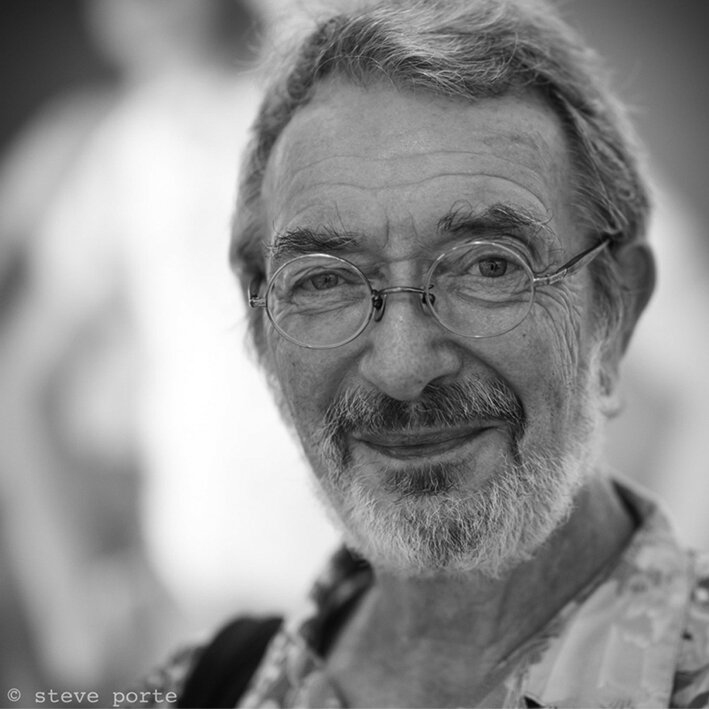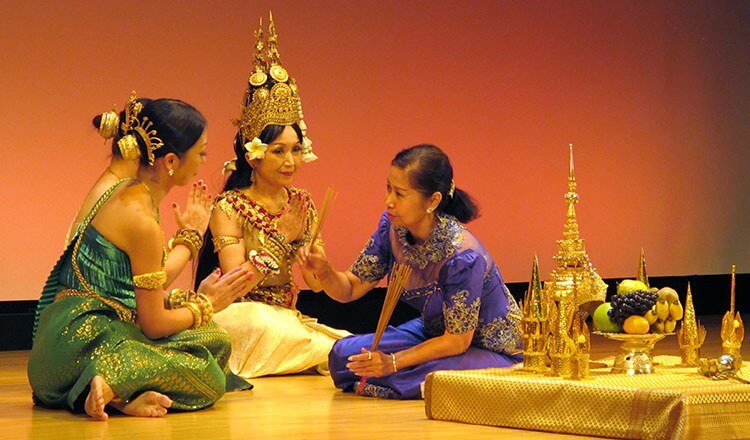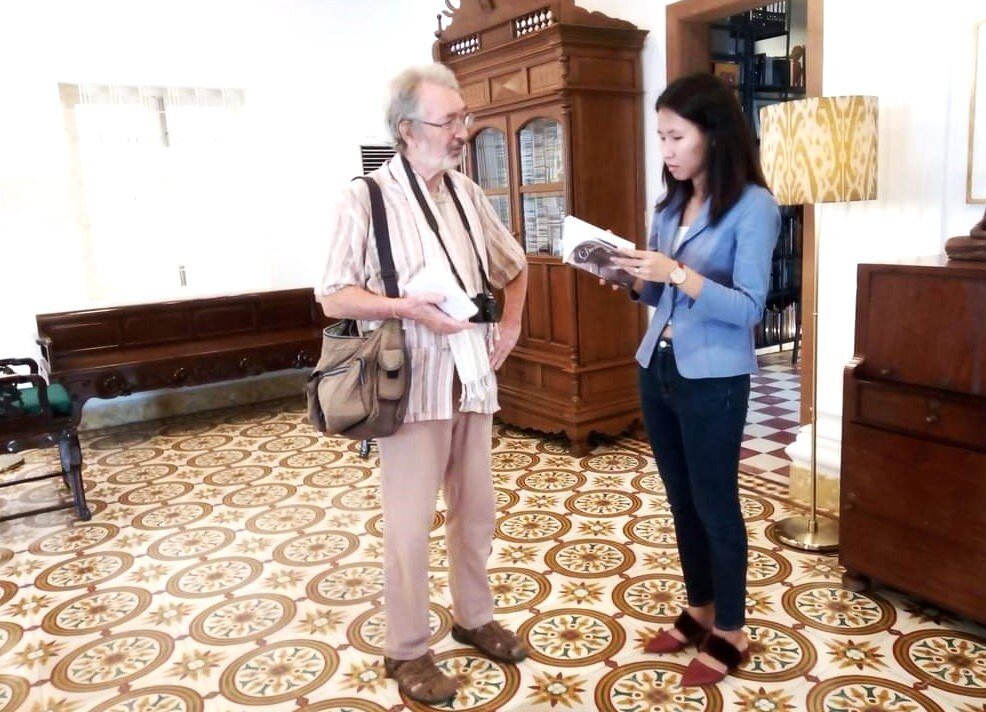Colin Grafton

Colin Grafton (b. London, England, 1947) is a traveller-photographer who came to Asia overland in 1969. He taught English in Laos from 1970 to 1972 and in Cambodia from 1973 to 1975, leaving Phnom Penh a few days before the takeover by the Khmer Rouge. He was able to photograph one of the last Khmer classical dance performances in Phnom Penh in 1974, and 30 years later by chance crossed paths with one of the dancers in those photos, who had come to perform in Tokyo. This encounter spurred him to return to Cambodia in search of the other surviving dancers.
Escaping to Bangkok in 1975 — “we naively thought the crisis would last only a few weeks or months”, he recalled for us in 2021 –, he went to Japan, where he taught Japanese overseas volunteers (JOCV/JICA) until 1980, then returned to Thailand as a volunteer worker in the Cambodian refugee camps. He held his first photo exhibition on Cambodia in the UK in 1981. Later, after 3 years in South America, he returned to Japan where he continued teaching, worked as English language advisor for ACCU (Asia/Pacific Cultural Centre for UNESCO) in Tokyo, and produced several photo exhibitions on Laos & Cambodia.
Colin returned to Cambodia on vacation in 1992, became a frequent visitor and settled here in 2014. Since then, he and his wife Keiko Kitamura have worked on exhibitions and projects at Bophana Center, Tuol Sleng Genocide Museum and Meta House. In 2021, he published Dancers, a visual and written account of his re-encounter with surviving Khmer classical dancers.
In August 2018, at RUFA Phnom Penh, Colin Grafton captured in photographs the Heavenly Flower, Earth Poem dance performance, a collaboration between Japanese and Khmer apsara dancers.
(Portrait photo by Steve Porte)


